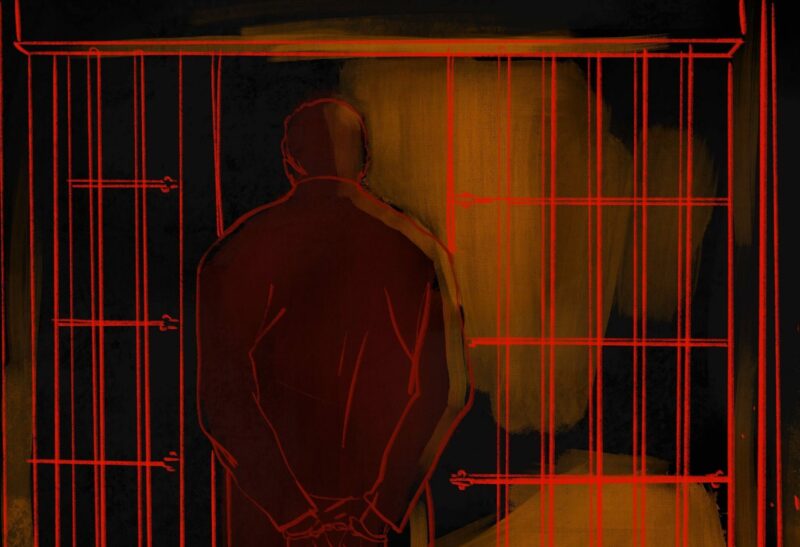I arrived wheezing at the platform three minutes before the night train from Tbilisi to Baku departed. The ticket taker at the entrance to the train cabin was less excited than I was.
“Where have you been? Quick! Get on board, we’re about to head out!” she scolded me.
I didn’t want to irritate her, so I didn’t tell her that I was late because of the love between a Muslim boy, Alikhan Shirvanshir and a Christian Georgian girl, Nino Kipiani.
Yes, the same famous Ali and Nino by Qurban Said, brought to screen and directed by Asif Kapadian. I encountered the film at Tbilisi’s Rustaveli Theatre, and it almost made me miss my train.
The film opens with the heroes Alikhan (Adam Bakri) and Nino (Maria Valverde) dancing at the foot of the Caucasus Mountains, attempting what vaguely recalls dances native to the region. I sat there with a smile on my face, the kind of smile one might have while watching foreign friends and acquaintances try to keep up at weddings and festivals. And I wasn’t the only one: everyone else in the theatre was chuckling as well.
Aside from the main characters’ less than perfect attempt at Caucasian dancing, their acting was quite natural and pleasing in other scenes of the film. Adam Bakri had the difficult task of portraying a boy who, despite having grown up in a traditionally Muslim culture, was a product of his slowly liberalizing generation. Maria Valverde aptly portrayed a cautious but brave Georgian girl.
I was particularly impressed by how the film makers depicted the issue of the emancipation (or lack thereof) and social status of women in the Caucasus in the era. Throughout the film – and as is described in the book – free Muslim women are almost entirely absent. In contrast, Georgian women are free to communicate with the opposite sex and are, in general, more independent. Nino, for example, dances, studies and goes to the opera, and even after marrying Ali, she is continuously involved in the decision making process with her husband.
A second issue with the film was the visualization of ‘Caucasia’ from before the 20th century, which leaves one in partial disbelief as to the ‘naturalness’ of the landscapes, the clothes and other eye – candy. As a viewer, it is difficult to forget throughout the film that the scenery and costumes have been made specifically for the movie, which subtracts from the immersive experience. Perhaps more local experts and consultants should have been used in the production of the film, who would have been better able to produce a more believable cinematic experience. Again, this choice of flamboyance may have been intentional.
In spite of the above – mentioned issues, the film is overall enjoyable, and the depiction of the meeting of two young souls from two different worlds a pleasure to watch.



